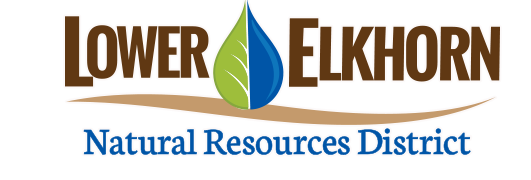Vickie DeJong retires from the Lower Elkhorn NRD after 42 years of service
/Vickie (Meyer) DeJong, of Pierce, NE, will retire this week from the job she started over 42+ years ago. DeJong has worked in Norfolk at the Lower Elkhorn Natural Resources District (LENRD) since 1979.
After graduating from business school, DeJong returned to the Norfolk area. She worked 4 years at Andrews Van Lines, and in May of 1979, she landed a job at the LENRD and jumped in with both feet. She began her career as the receptionist/fiscal secretary for the district. In 2018 she was promoted to administrative supervisor.
She started working in the main office on south Hwy 81 with a total of 5 employees. Since then, the district office has moved three times, finally settling in their current location on Square Turn Boulevard. There are now 14 employees in the Norfolk office.
When asked about her tenure here at the LENRD, DeJong shared, “It’s gone by very quickly. I have seen a lot of things change over the years, especially in the world of technology. I taught myself along the way. I could write a book about that! I have grown right along with the NRDs – the districts will celebrate their 50th Anniversary next year!”
She added, “If I had to do it all over again, I wouldn’t! But seriously, I have enjoyed my time here and my co-workers are like family to me. My proudest moments over the years are the planting of over 4 million trees across our 15-county district, the development of our 2 rural water systems, and the construction of the Willow Creek project to protect Pierce and downstream landowners from flooding. I hope future generations continue to work hard at conserving and protecting our natural resources.”
LENRD General Manger, Mike Sousek, said, “Vickie will truly be missed. She has dedicated her life to this job and has kept everything running like a well-oiled machine for 42+ years. Thank you, Vickie, for your service. We sincerely hope you enjoy your well-deserved retirement!”
The LENRD will host an Open House in her honor this Friday, September 10th from 2:00 – 4:00 p.m. The public is invited to attend.
DeJong resides in Pierce with her husband, Lyndon. They have two children, Jeff and wife Ariel of Omaha, and Kellie and husband Jeromy of Rapid City.
Vickie DeJong retires after 42+ years of dedicated service!














